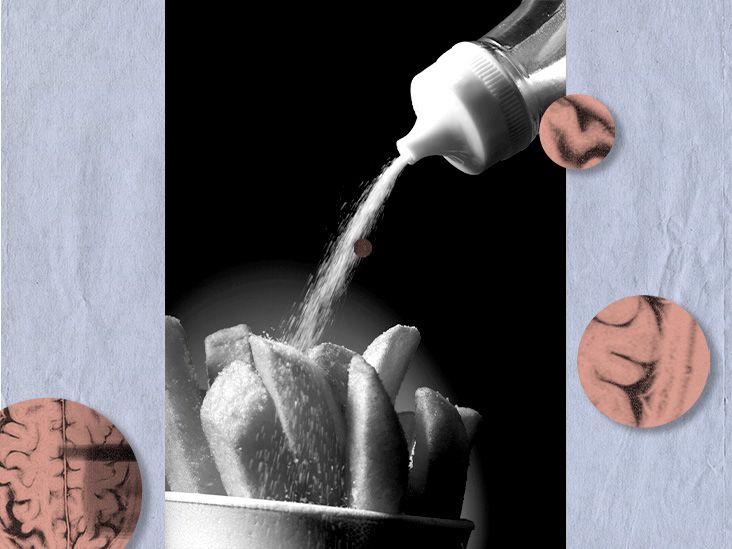A person may be able to reduce symptoms of a male yeast infection and treat the condition at home. Various home remedies and over-the-counter (OTC) medications may help.
A male yeast infection is a fungal infection. Two types of fungi that can cause a yeast infection in males are dermatophytes and Candida, typically Candida albicans.
Yeast infections are more common in uncircumcised males because the foreskin provides a place for the yeast to grow.
In this article, we look at how to treat a yeast infection in males at home. We also discuss the symptoms of these infections and explain when to see a doctor.

Some people may find that home remedies can provide symptom relief.
Over-the-counter (OTC) antifungal cream
As yeast is a type of
A person can apply these OTC topical antifungals for
If a person has a severe infection, they should see a doctor, as they may need oral antifungal medication.
Honey
Research suggests that honey may be able to inhibit the growth of fungi. A
Yogurt
People can try applying yogurt to the affected area, or they can eat it to promote the growth of beneficial bacteria.
Yogurt contains bacteria called Lactobacillus that might help restore a healthy bacterial balance.
A
This strategy might also work on penile yeast infections.
Apple cider vinegar (ACV)
Although more research is necessary to confirm its benefits, ACV remains a popular home remedy that may be effective against yeast infections.
However, there is conflicting research regarding the effectiveness of ACV against Candida.
One
It is important to note that applying vinegar to delicate skin, such as the penis, may cause skin reactions. Therefore, a person wishing to try using ACV may find it helpful to dilute it in a little water.
There are three common types of yeast infection that can occur in males.
Candidiasis
Candidiasis is another term for thrush.
According to the United Kingdom’s National Health Service (NHS), some people may not have any symptoms.
However, if symptoms do occur, they can include:
- irritation, itching, or burning sensations under the foreskin
- flushed patches of skin under the foreskin or at the tip of the penis
- discharge under the foreskin that can look similar to cottage cheese
- an unpleasant smell
- a tight foreskin
Jock itch
According to the Urology Care Foundation, jock itch, or tinea cruris, is also a type of fungal infection. However, it typically occurs
The symptoms are similar to those of a yeast infection, but they include a rash around the groin that may extend to the thighs, perineum, or buttocks.
Balanitis
Balanitis is a type of itching and inflammation of the head of the penis. C. albicans appears to be the most common cause of balanitis.
The symptoms of balanitis
- tight, shiny skin
- inflammation
- thick, white discharge under the foreskin
- tight foreskin
- sores
- painful urination
Male yeast infections occur when there is an overgrowth of yeast.
Certain factors may increase the likelihood of this occurring:
Antibiotics
Taking antibiotics may kill some healthy bacteria that keep yeast in check.
A weakened immune system
A person should wash the penis regularly with warm water. If they have a foreskin, they should gently pull it back and wash underneath it.
Anyone with a yeast infection should avoid sexual activity until the infection has cleared.
If a person notices any symptoms of sexually transmitted infections (STIs), they should see a doctor. Some STIs
A person should call a doctor if there is any sign of an infection on the genitals or if prescription treatments are not working for a known infection.
People with HIV or a weakened immune system should speak to a doctor about a yeast infection as soon as possible, as they have an
Yeast infections can be painful and uncomfortable. They typically occur when there is an overgrowth of yeast.
Although a person can try home remedies to relieve the symptoms, they should see a doctor for a proper diagnosis.


